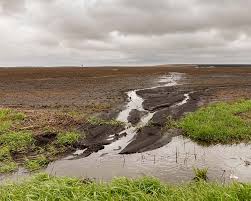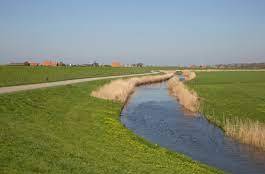SEEPAGE MEANING, CAUSES & CONTROL
INTRODUCTION
Water seepage generally means flow of water from one place to another via small holes or porous material. It is usually occurs after heavy rainfall, which we can see easily then. The most obvious sign of water seepage is a pool of water on the floor.
In agriculture, seepage is major source of loss of irrigation water after evaporation from reservoir or irrigation canal.
DEFINITION
Seepage may be defined as the infiltration downward and lateral movement of water into soil from water source like reservoir or irrigation canal. Such water may reappear, depending upon the topographic contours and water table rise due to seepage.

SEEPAGE LOSS FROM CANAL
In agriculture, seepage is major source of loss of irrigation water from reservoir or irrigation canal. Various factors affect the seepage loss from the canal are as below:
- Characteristics of soil, such as, texture, porosity, permeability, bulk density etc.
- Hydraulic characteristics of the canal (wetted perimeter, flow velocity, roughness, longitudinal slope of the canal, etc.)
- Life of the canal and physical characteristics, such as cracks in the lining, damage, vegetation.
- Amount of sediment in the water and sediment deposition in the canal.
- Lining material, etc.
There are two methods of estimating seepage loss from the canal, i.e. ponding method and inflow–outflow method.

SEEPAGE CONTROL
Seepage is primarily controlled by lining main and distribution channels with impervious material, mainly concrete. Besides, asphalt and plastic film are also used to control seepage.
Read also..
DIFFERENCE BETWEEN INFILTRATION PERCOLATION AND SEEPAGE
My lemon plant die due to seepage from neighbouring paddy farm.How to control this seepage?
Lemon field require ph 5.5-7.5 and salty water is injurious to plants. Herbicides and pesticides from field of paddy may also adversely affect lemon plant.
The control management of water in the paddy field is best done by constructing bunds well compacted and sealed of cracks, rat holes, etc. This will minimize water losses through seepage (particularly in sloping lands).
Enjoy as well as obtain things done with one of the most incredible device!